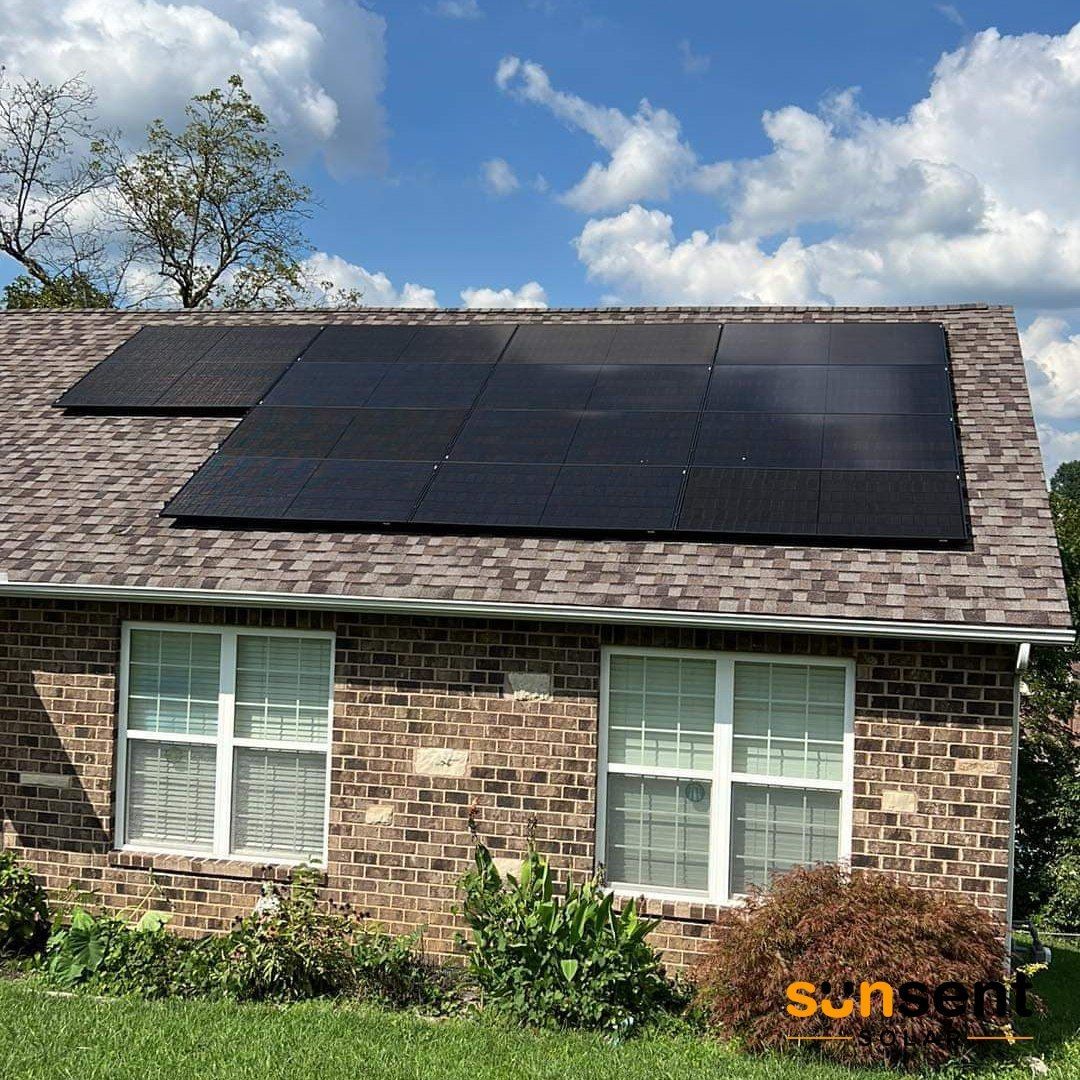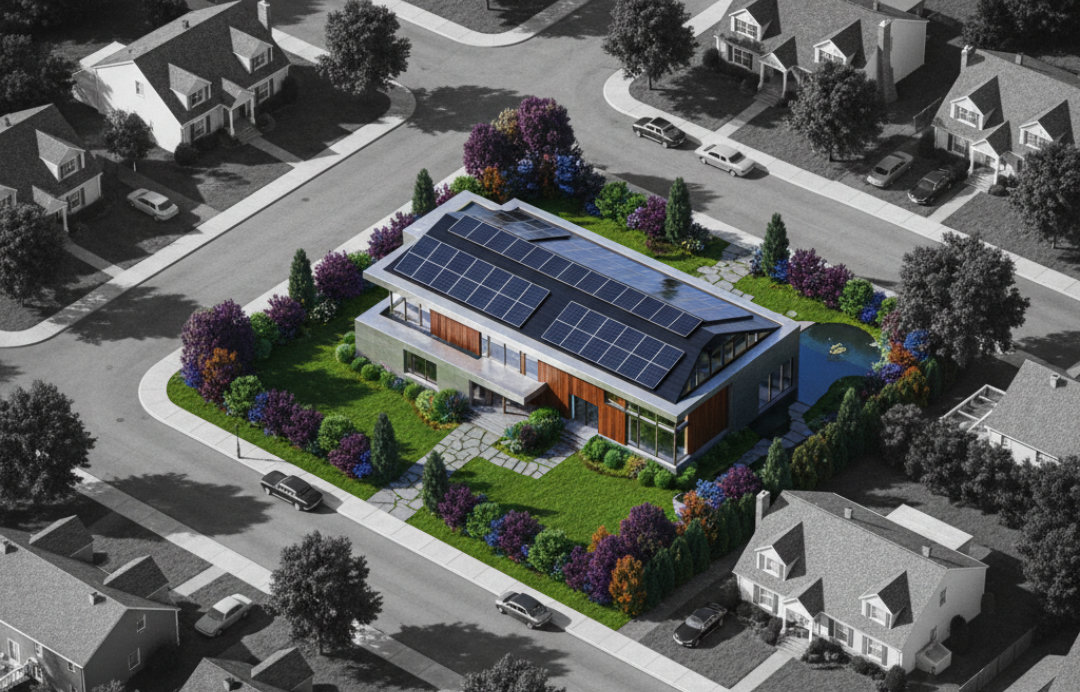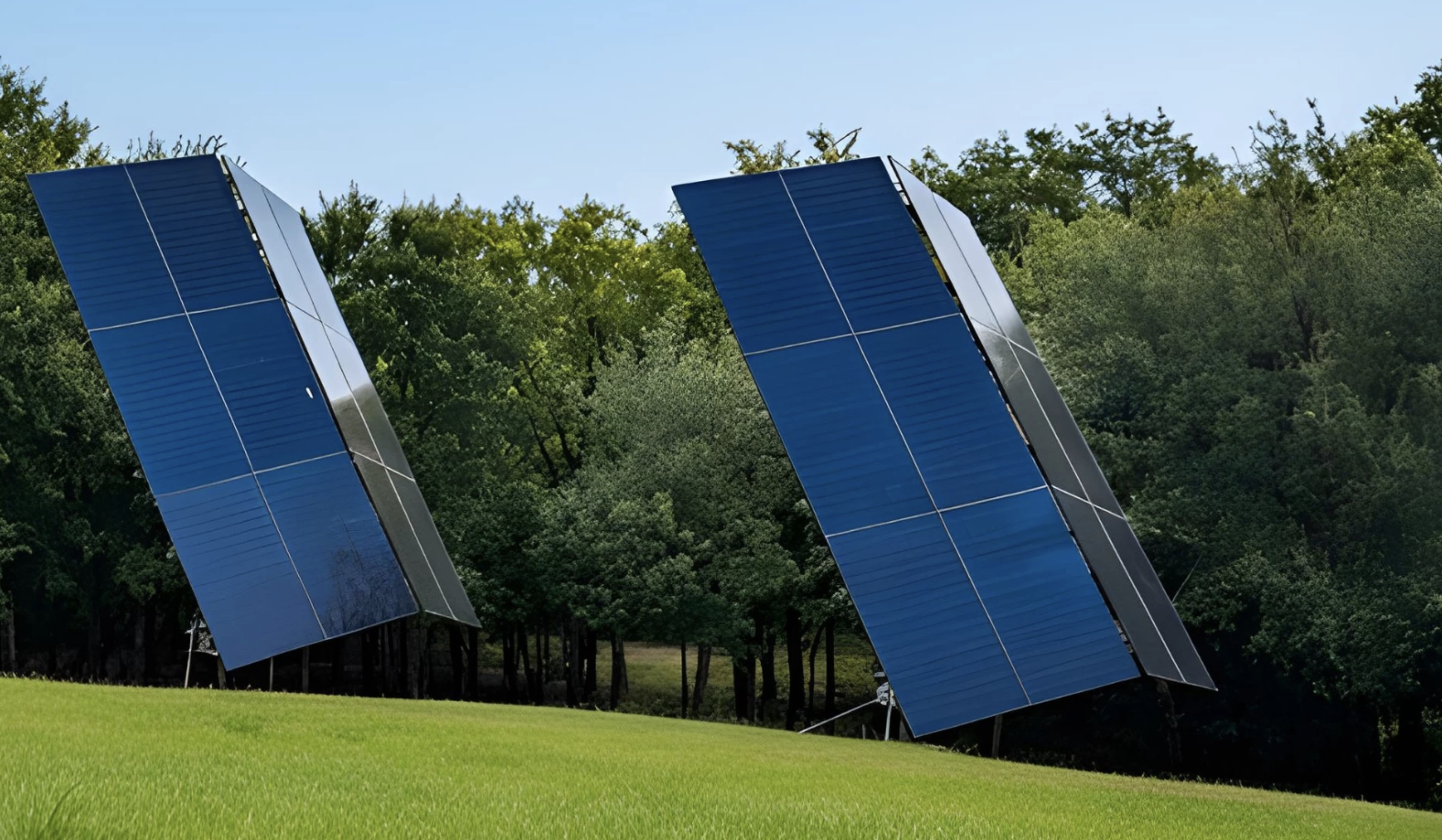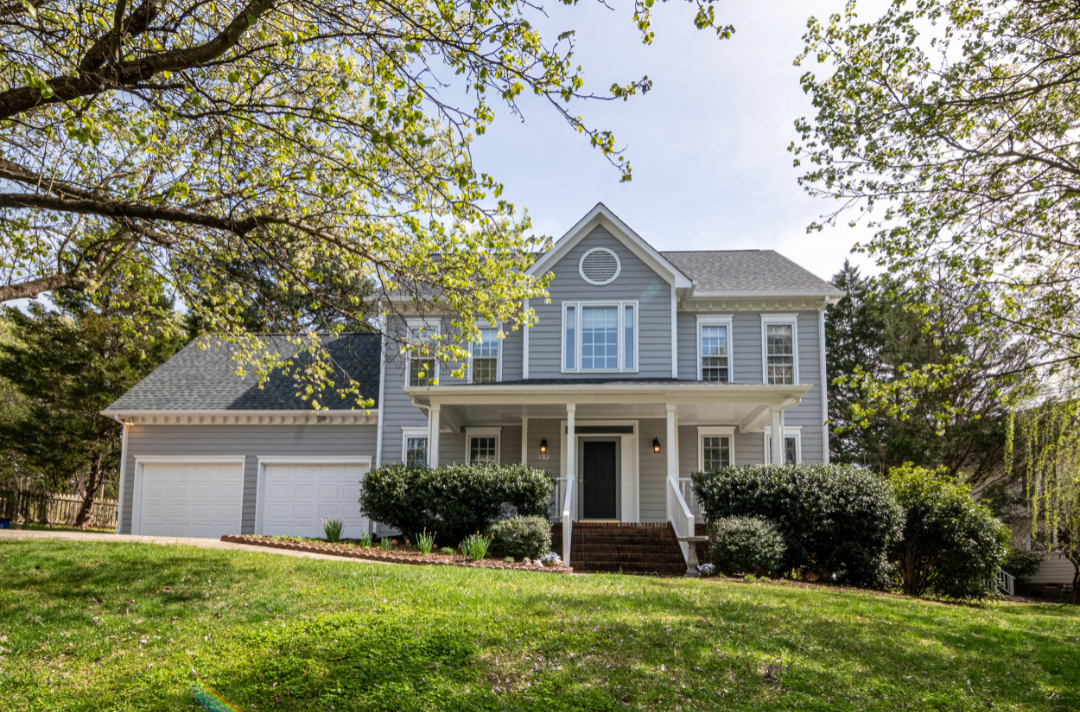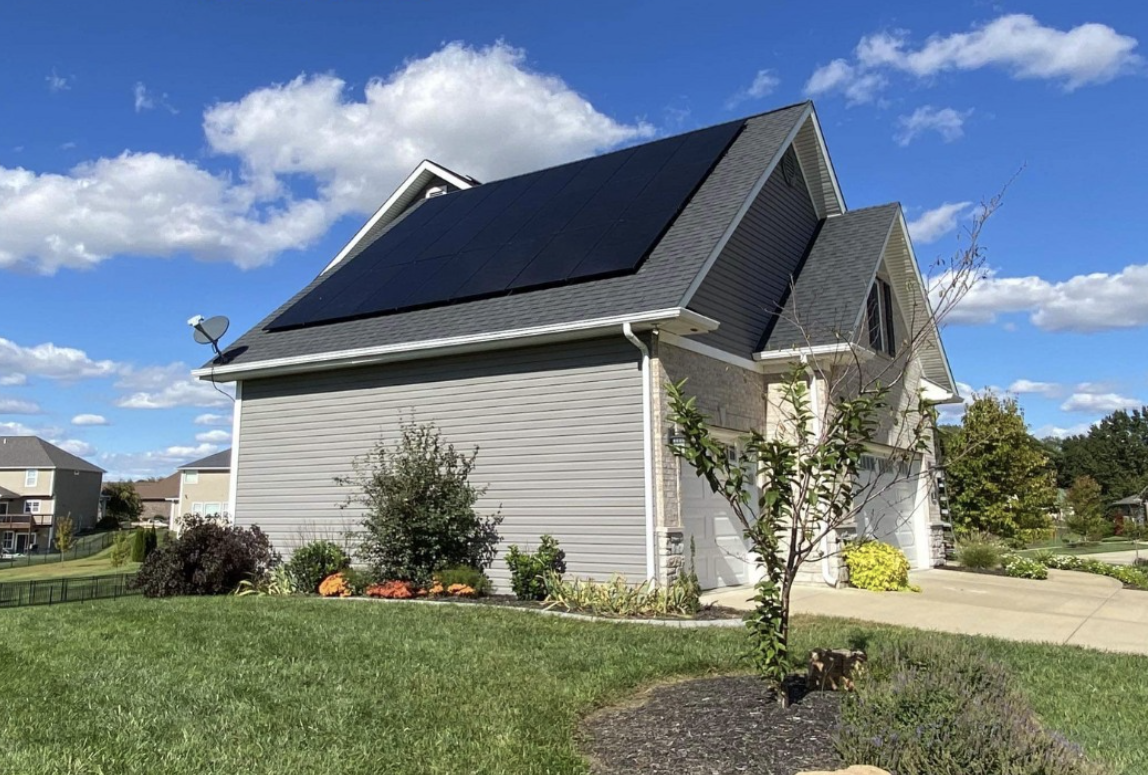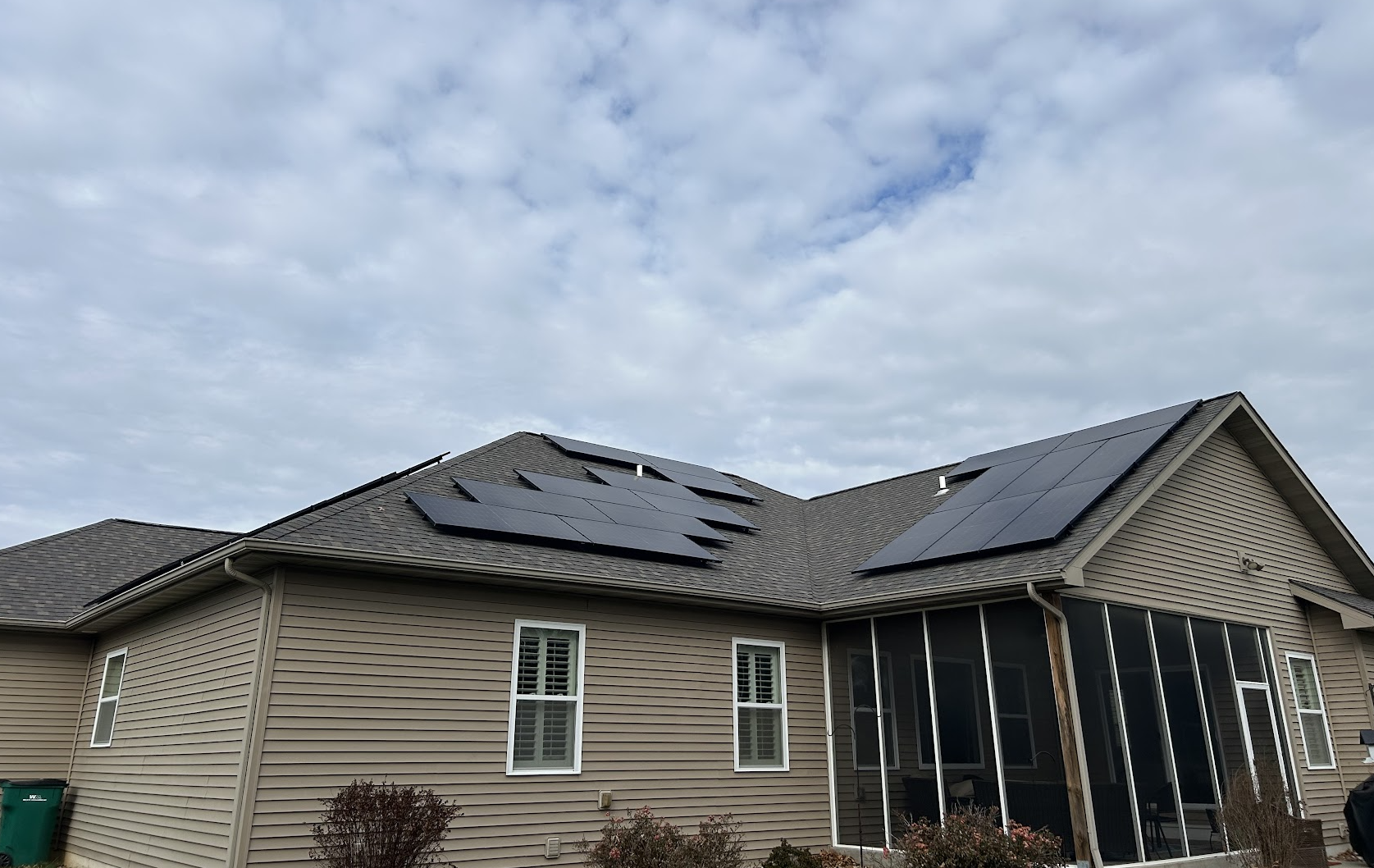Secret Energy Wars in St. Louis: How Massive Data Centers Could Put You At Risk
The news out of St. Louis and St. Charles isn't just local—it’s a warning sign for every homeowner who relies on the traditional electric grid. Local officials are scrambling to pause the construction of new data centers, those sprawling digital warehouses that power everything from cloud computing to AI. The reason? A shocking drain on our most vital resource: the region’s energy supply.
At SunSent Solar, we believe in full transparency. The challenge of data center energy consumption is real, and it’s a clear indication that now is the time to secure your family's future with solar panel installation and true energy independence.
The 13,000-Home Energy Drain: The Threat to Your Local Electric Grid
A recent proposal for a single data center in Midtown St. Louis has revealed a staggering demand: it could consume as much energy as 13,000 homes—roughly the combined usage of the Shaw, Tower Grove South, and Tower Grove East neighborhoods.
This isn't a future problem; it's a current crisis that affects your local electric grid today:
1. Higher Electricity Rates for Everyone
State utility regulators are already considering how Ameren and Evergy will manage this unprecedented load. Historically, when utilities face massive new demand, they must upgrade their infrastructure (transmission lines, power plants, etc.). The costs for these multi-billion dollar upgrades, along with demand-related charges and fuel adjustment costs, are almost always passed down to the residential consumer.
The result? Your monthly electricity bill goes up, even if your usage stays the same.
2. Increased Grid Instability and Blackouts
Data centers run 24/7, consuming massive power for computing and cooling. This puts a "considerable strain" on the power grid, especially during peak seasons like sweltering Missouri summers or deep winter freezes.
When supply is tight, high concentrations of energy-hungry data centers increase the risk of:
- Brownouts: Sudden drops in voltage that can damage sensitive home electronics.
- Rolling Blackouts: Planned power outages used to ration power and prevent a total grid collapse.
As St. Louis and St. Charles grapple with this new, immense demand, relying solely on the aging utility infrastructure means you are vulnerable to the consequences.
Your Defense Against Grid Instability:
Energy Independence
What is the best defense against rising rates and an unstable grid? Energy independence.
For a homeowner, energy independence means generating, storing, and consuming your own power locally without total reliance on the utility company. This is the only way to insulate your family from the cost hikes and instability created by huge, new industrial projects like data centers.
Step 1: Install High-Efficiency Solar Panels
The foundation of your energy security starts on your roof. SunSent Solar installs top-tier solar panels that convert sunlight directly into clean, affordable electricity for your home. This immediately offsets the power you have to purchase from the utility, protecting you from future rate increases.
Step 2: Add a Home Battery Storage System
A standalone solar installation is great, but a home battery storage system is the key to true energy security.
- Backup Power: When the grid goes down due to a massive power draw or a storm, a solar system without a battery must shut down for safety reasons. A solar battery instantly takes over, keeping your essential appliances—fridge, lights, Wi-Fi, and medical equipment—running seamlessly.
- Peak Hour Savings: Even with the grid up, if your utility has "time-of-use" rates (where power costs more during evenings), your battery can store the cheap solar energy generated during the day and release it when rates are highest, maximizing your savings.
- Go Off-Grid: A solar + battery system allows you to operate as your own microgrid, completely independent of the utility during an outage, and less dependent on them every other day of the year.
ACT NOW: Don't Miss the 30% Solar Tax
Credit Deadline!
The financial incentive to secure your energy independence has never been more urgent.
The federal 30% Residential Clean Energy Tax Credit (25D) allows you to claim an uncapped tax credit equal to 30% of the cost of your new solar panel installation and home battery storage system. This massive incentive makes going solar more affordable than ever, but it is not permanent.
The deadline for this 30% homeowner-claimed credit is rapidly approaching, with a scheduled expiration at the end of December 31, 2025.
Don't let the secret energy wars of tomorrow catch you unprepared. Lock in the highest level of savings while simultaneously securing your home's energy future against rising bills and power instability.
Ready to Control Your Energy?
Contact SunSent Solar today for a free, no-obligation consultation. Let us show you how a high-quality solar system and home battery storage can transform your home into a fortress of energy independence before the 30% solar tax credit 2025 is gone forever. Call 636.757.3083 today.
